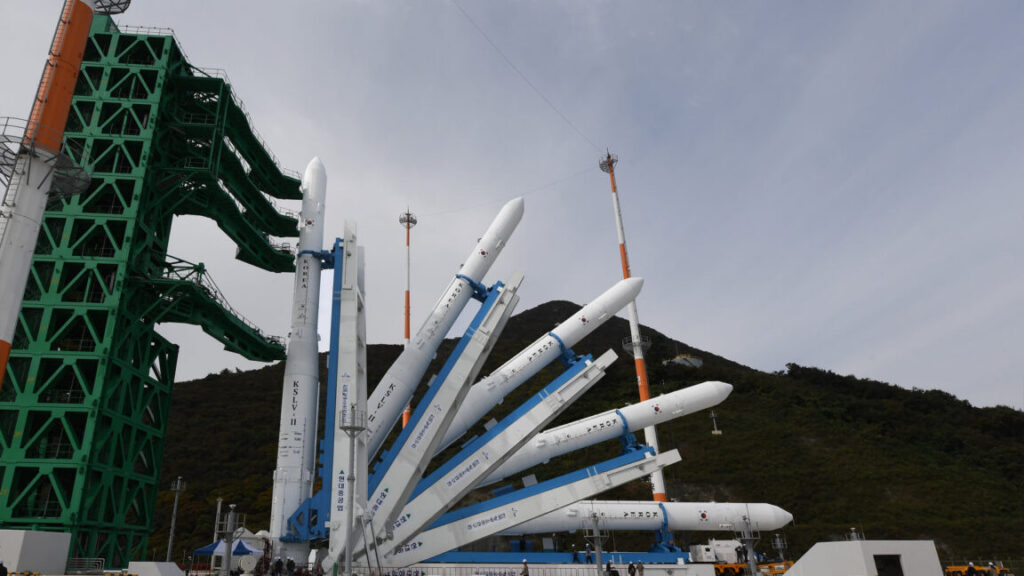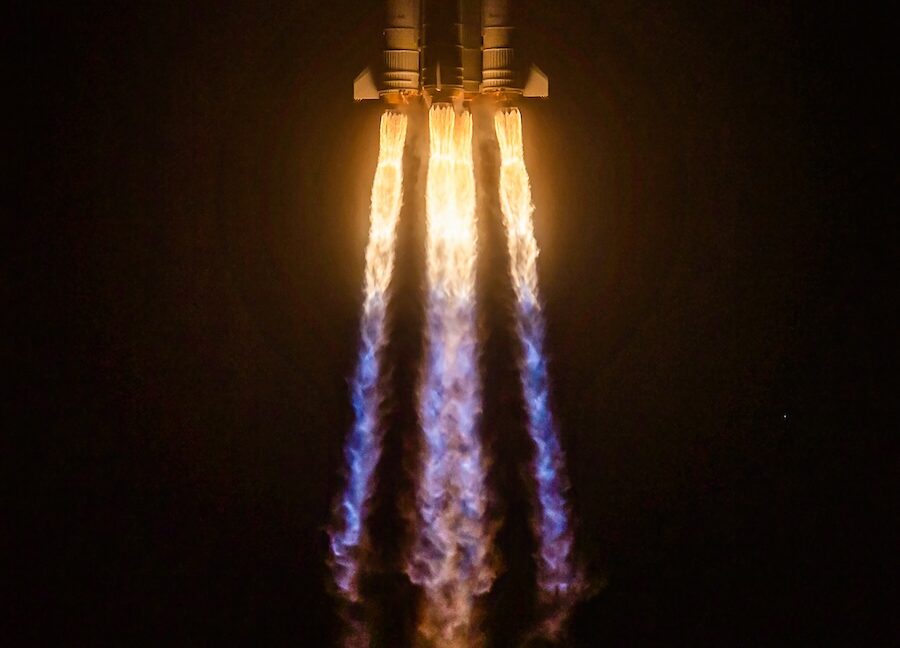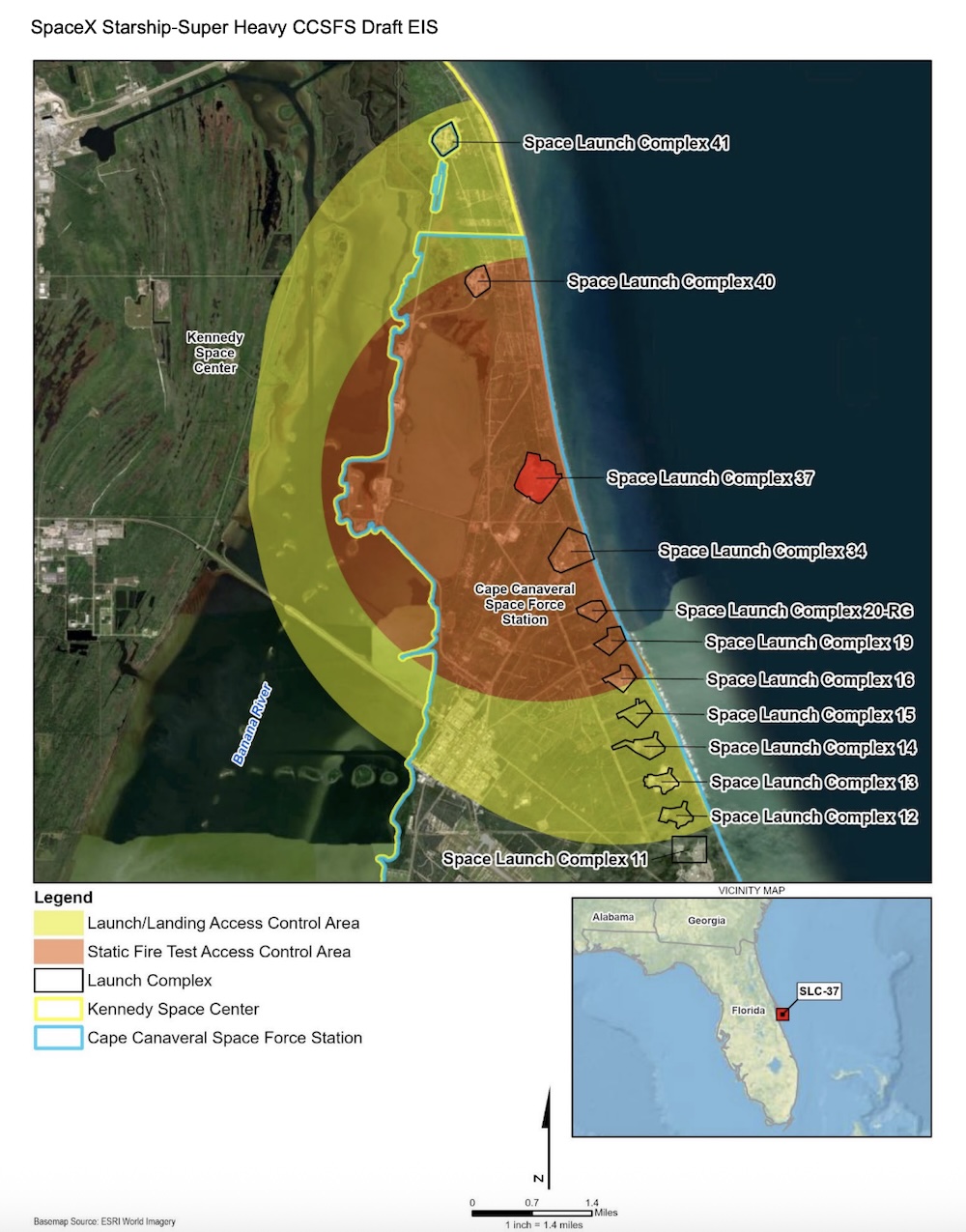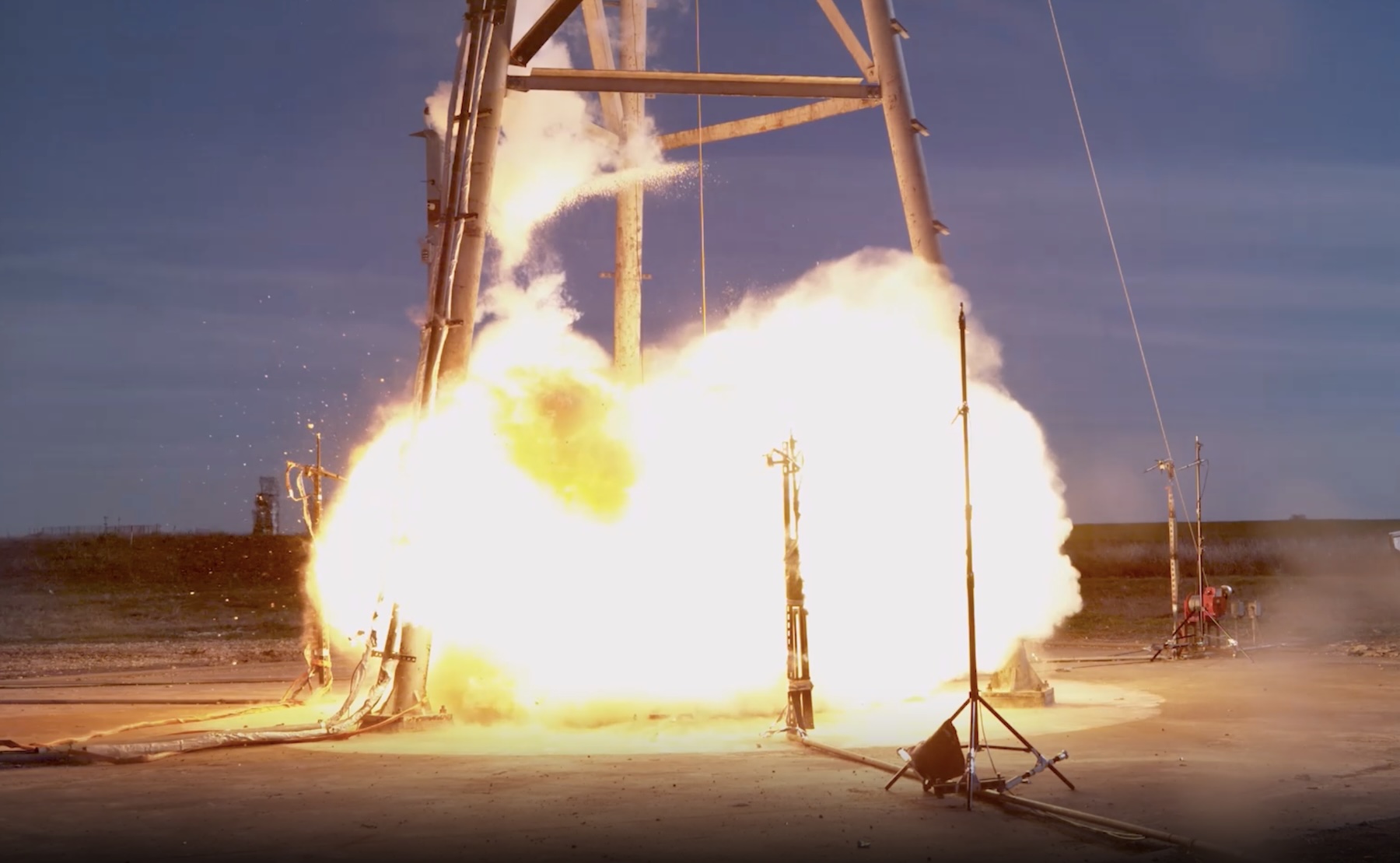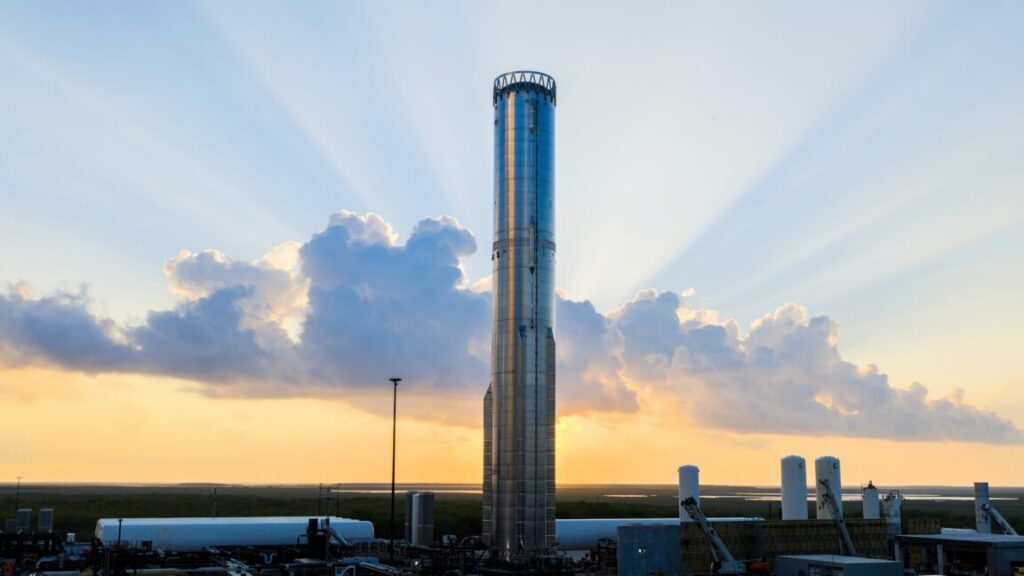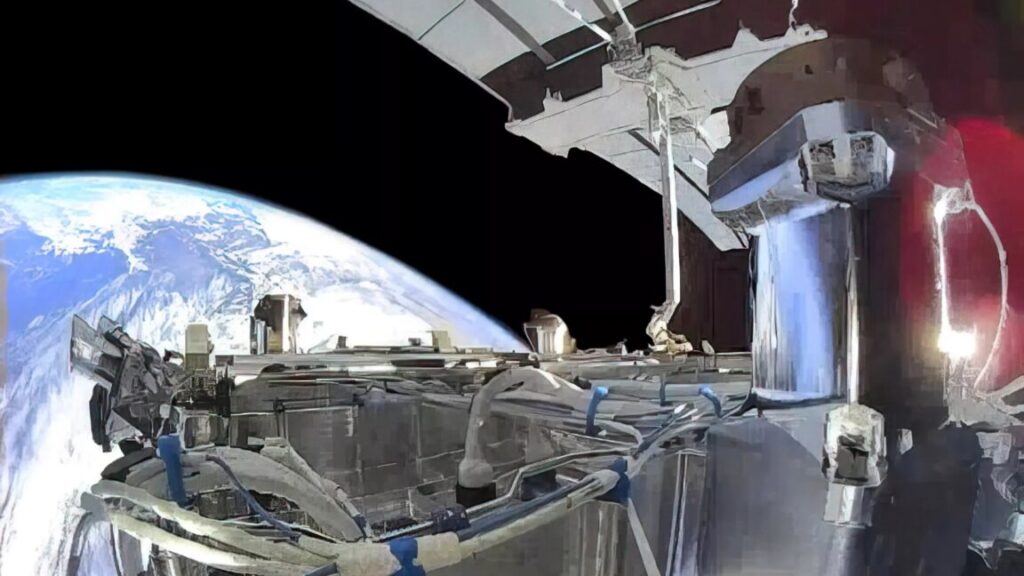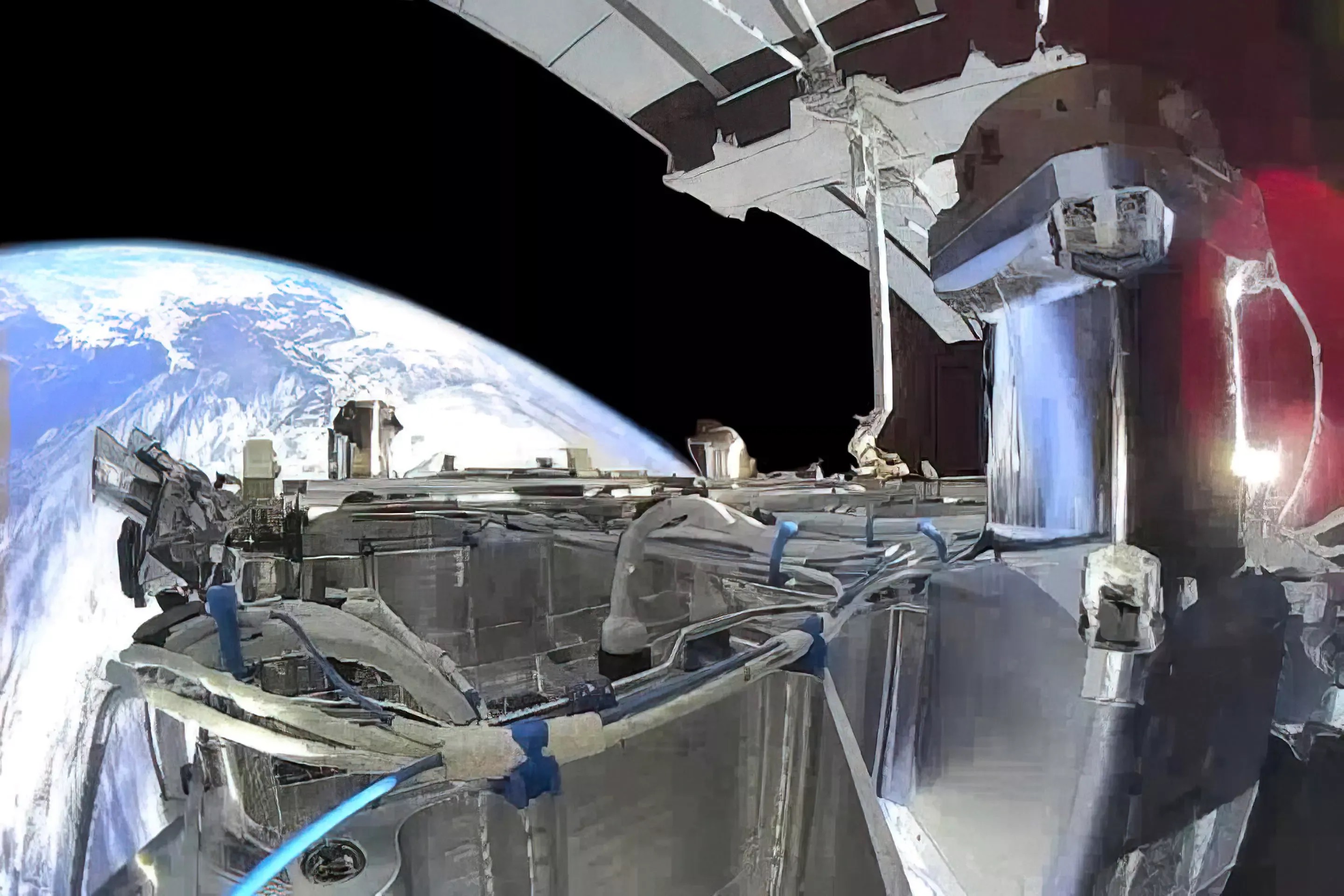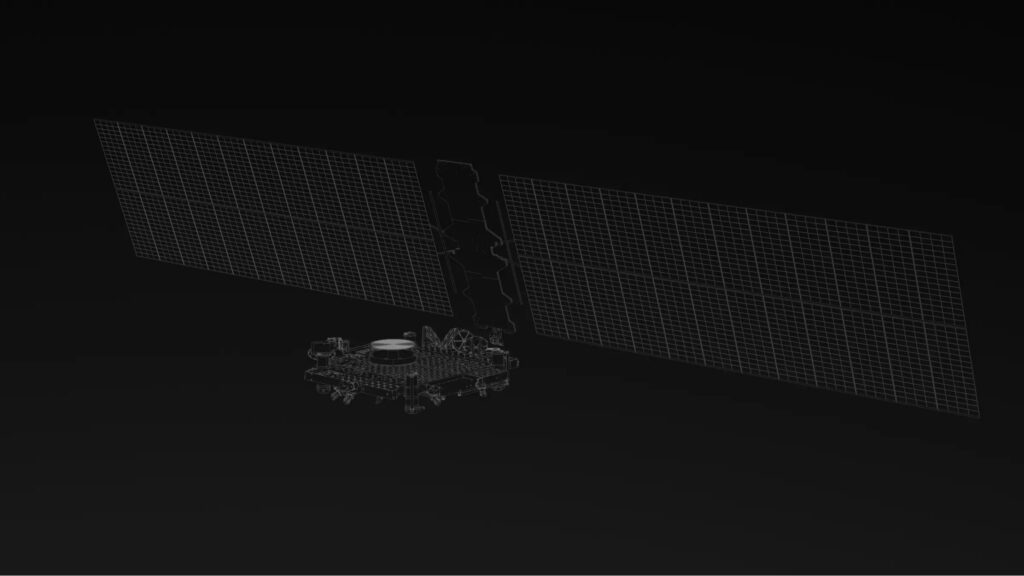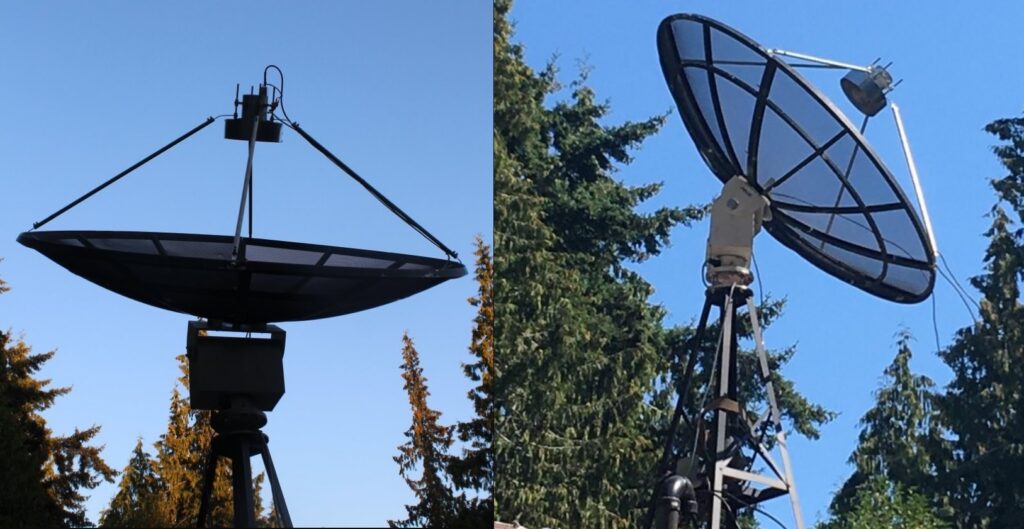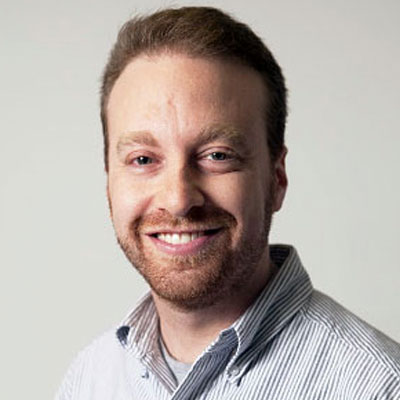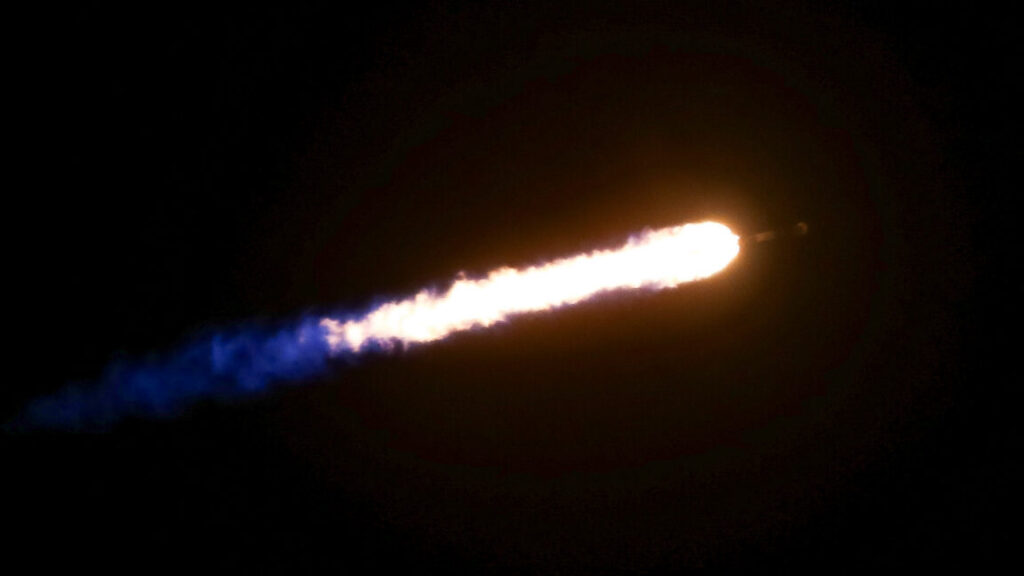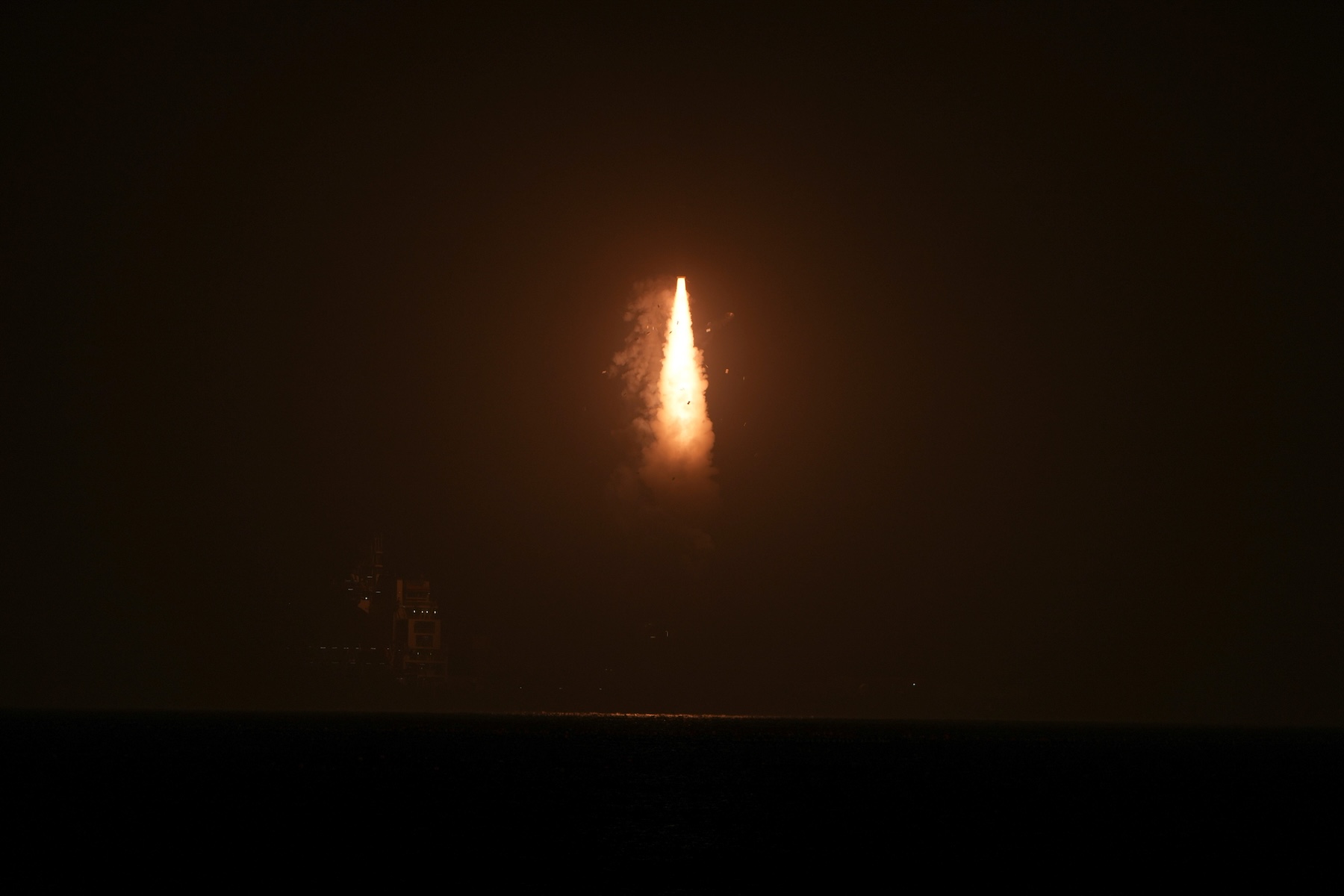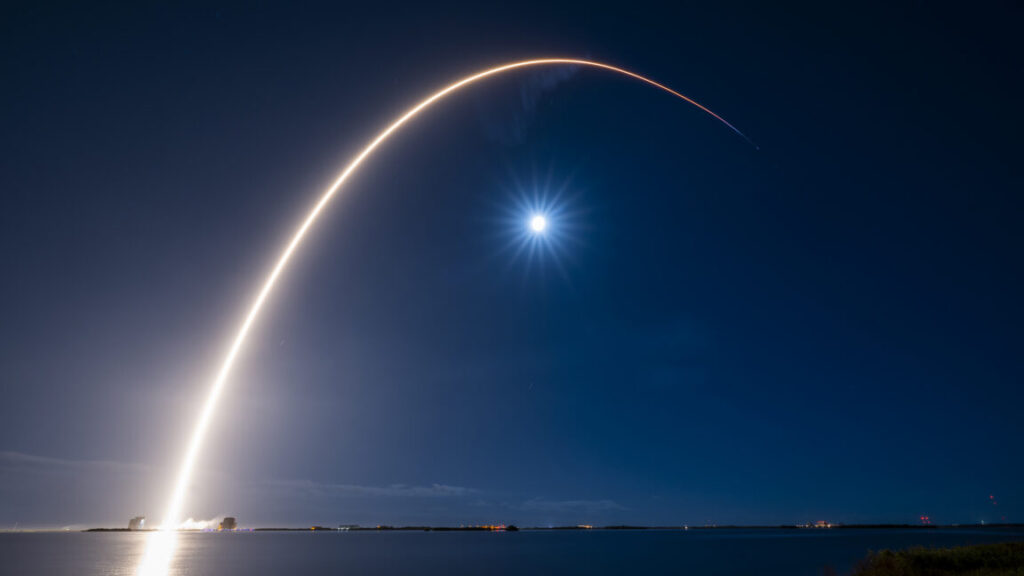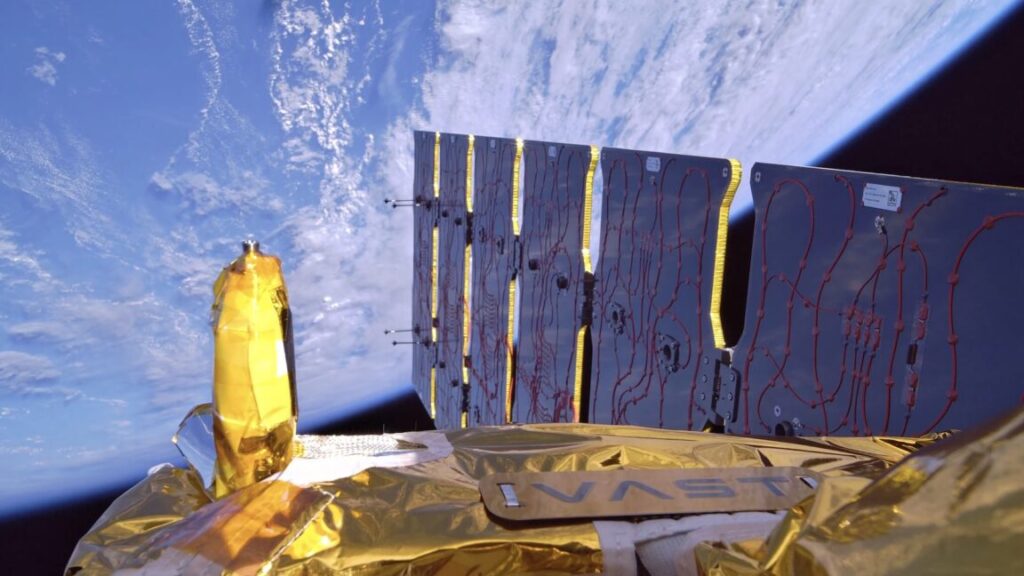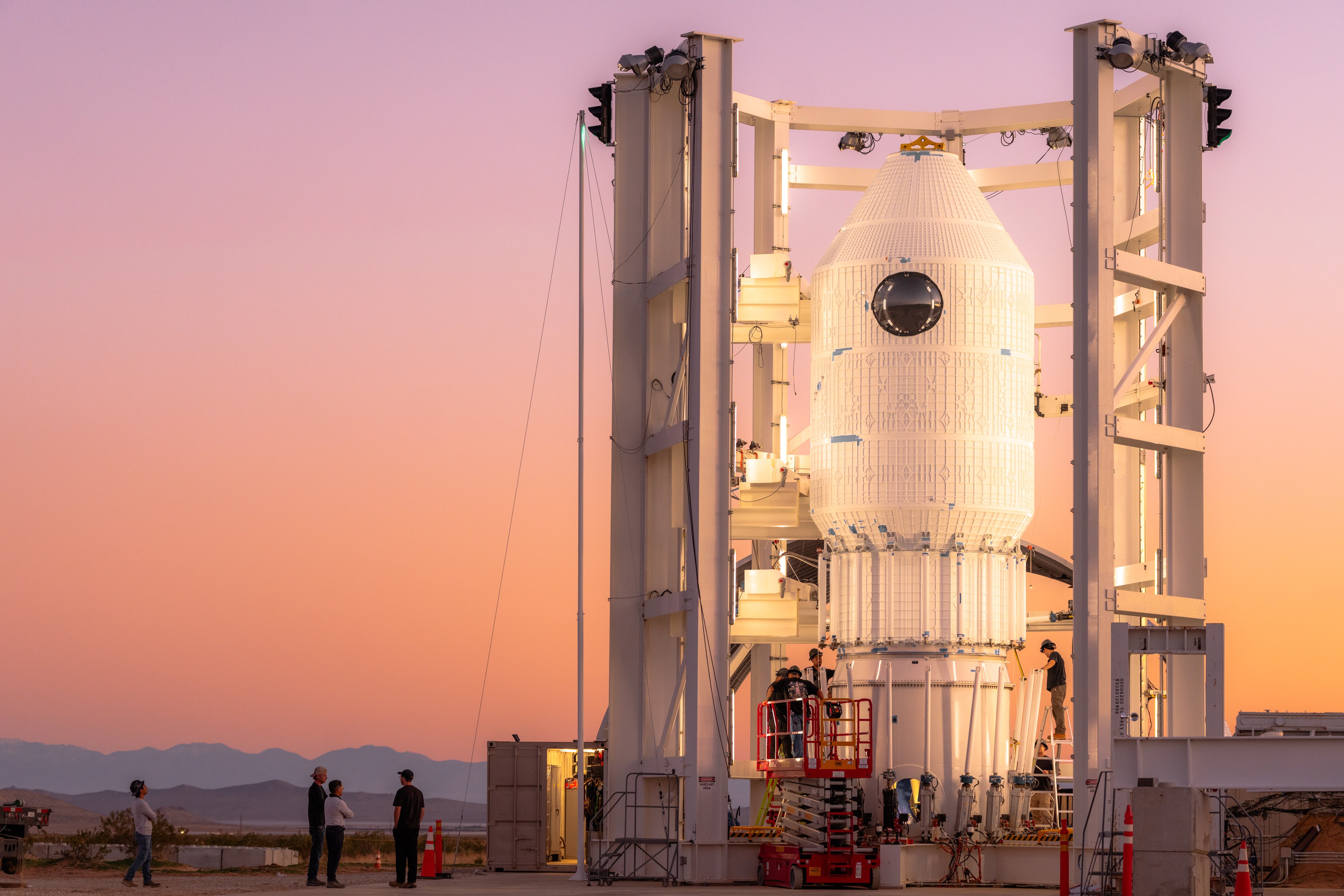After years of resisting it, SpaceX now plans to go public. Why?
“Much of the AI race comes down to amassing and deploying assets.”
Elon Musk gestures as he speaks during a press conference at SpaceX’s Starbase facility near Boca Chica Village in South Texas on February 10, 2022. Credit: JIM WATSON/AFP via Getty Images
SpaceX is planning to raise tens of billions of dollars through an initial public offering next year, multiple outlets have reported, and Ars can confirm. This represents a major change in thinking from the world’s leading space company and its founder, Elon Musk.
The Wall Street Journal and The Information first reported about a possible IPO last Friday, and Bloomberg followed that up on Tuesday evening with a report suggesting the company would target a $1.5 trillion valuation. This would allow SpaceX to raise in excess of $30 billion.
This is an enormous amount of funding. The largest IPO in history occurred in 2019, when the state-owned Saudi Arabian oil company began public trading as Aramco and raised $29 billion. In terms of revenue, Aramco is a top-five company in the world.
Now SpaceX is poised to potentially match or exceed this value. That SpaceX would be attractive to public investors is not a surprise—it’s the world’s dominant space company in launch, space-based communications, and much more. For investors seeking unlimited growth, space is the final frontier.
Buy why would Musk take SpaceX public now, at a time when the company’s revenues are surging thanks to the growth of the Starlink Internet constellation? The decision is surprising because Musk has, for so long, resisted going public with SpaceX. He has not enjoyed the public scrutiny of Tesla, and feared that shareholder desires for financial return were not consistent with his ultimate goal of settling Mars.
Data centers
Ars spoke with multiple people familiar with Musk and his thinking to understand why he would want to take SpaceX public.
A significant shift in recent years has been the rise of artificial intelligence, which Musk has been involved in since 2015, when he co-founded OpenAI. He later had a falling out with his cofounders and started his own company, xAI, in 2023. At Tesla, he has been pushing smart-driving technology forward and more recently focused on robotics. Musk sees a convergence of these technologies in the near future, which he believes will profoundly change civilization.
Raising large amounts of money in the next 18 months would allow Musk to have significant capital to deploy at SpaceX as he influences and partakes in this convergence of technology.
How can SpaceX play in this space? In the near term, the company plans to develop a modified version of the Starlink satellite to serve as a foundation for building data centers in space. Musk said as much on the social media network he owns, X, in late October: “SpaceX will be doing this.”
But using a next-generation Starlink satellite manufactured on Earth is just the beginning of his vision. “The level beyond that is constructing satellite factories on the Moon and using a mass driver (electromagnetic railgun) to accelerate AI satellites to lunar escape velocity without the need for rockets,” Musk said this weekend on X. “That scales to >100TW/year of AI and enables non-trivial progress towards becoming a Kardashev II civilization.”
Based on some projected analyses, SpaceX is expected to have in the neighborhood of $22 to $24 billion in revenue next year. That is a lot of money—it’s on par with NASA’s annual budget, for example, and SpaceX can deploy its capital far, far more efficiently than the government can. So the company will be able to accomplish a lot. But with a large infusion of cash, SpaceX will be able to go much faster. And it will take a lot of cash to design and build the satellites and launch the rockets to deploy data centers in space.
Abhi Tripathi, a long-time SpaceX employee who is now director of mission operations at the UC Berkeley Space Sciences Laboratory, believes that once Musk realized Starlink satellites could be architected into a distributed network of data centers, the writing was on the wall.
“That is the moment an IPO suddenly came into play after being unlikely for so long,” Tripathi told Ars. “If you have followed Elon’s tactics, you know that once he commits to something, he leans fully into it. Much of the AI race comes down to amassing and deploying assets that work quicker than your competition. A large war chest resulting from an IPO will greatly help his cause and disadvantage all others.”
Foremost among Musk’s goals right now is to “win” the battle for artificial intelligence. He is already attacking the problem at xAI and Tesla, and he now seeks to throw SpaceX into the fray as well. Taking SpaceX public and using it to marshal an incredible amount of resources shows he is playing to win.
What about Mars?
Musk founded SpaceX in 2002 with the goal of one day settling Mars. He has never wavered from that goal, and indeed, the company has made considerable progress in more than two decades. SpaceX now launches more than 90 percent of the world’s mass to orbit, has nearly 90 percent of the satellites in orbit, and backstops a large portion of the US government’s civil and military activities in space. Moreover, with Starship, SpaceX is building the first vehicle that could realistically send humans and a lot of the stuff humans need to survive to Mars one day.
But if Musk’s rationale for keeping SpaceX private was to protect the Mars dream, is he abandoning this long-standing aim?
Not necessarily. It’s likely that Musk sees artificial intelligence as a key part of the Mars vision. Whether one believes the Optimus robot will become a viable product or not, Musk does. And he’s spoken about sending the robots to Mars to make the way smoother for the first human settlers.
Musk also believes that a larger and more financially robust SpaceX is necessary to undertake the settling of Mars. He understands that NASA will not pay for this, as the civil space agency is in the business of exploration and not settlement. For several years now, he has expressed that it will require about 1 million tons of supplies to be shipped to Mars to make a self-sustaining settlement. This is roughly 1,000 ships, and including refueling, at least 10,000 Starship launches. At $100 million per launch, that’s $1 trillion in launch costs alone.
Musk has frequently expressed a concern that there may be a limited window for settling Mars. Perhaps financial markets collapse. Perhaps there’s a worse pandemic. Perhaps a large asteroid hits the planet. Taking SpaceX public now is a bet that he can marshal the resources now, during his lifetime, to make Mars City One a reality. He is 54 years old.
The plan is not without risks, of course. If AI is something of a bubble, ten years from now, SpaceX may be sitting on hundreds of billions of dollars worth of satellites in space for which there is limited use. Maybe shareholders would rather SpaceX make them multimillionaires than make humans multiplanetary.
But Musk has never shied away from risks. So doubling down on his most successful asset in this moment is precisely what one would expect him to do.
Eric Berger is the senior space editor at Ars Technica, covering everything from astronomy to private space to NASA policy, and author of two books: Liftoff, about the rise of SpaceX; and Reentry, on the development of the Falcon 9 rocket and Dragon. A certified meteorologist, Eric lives in Houston.
After years of resisting it, SpaceX now plans to go public. Why? Read More »



